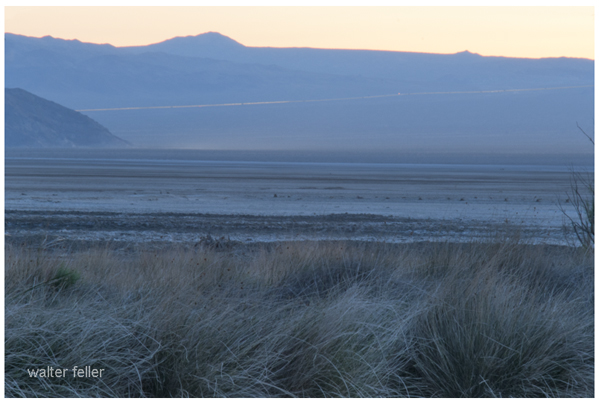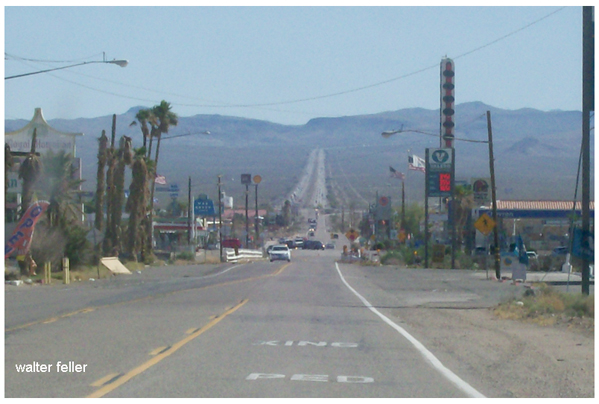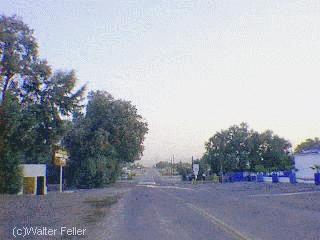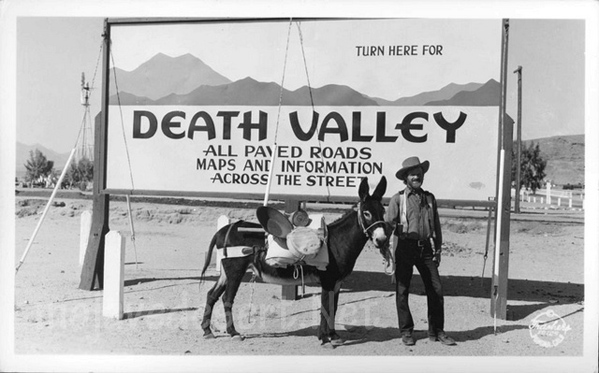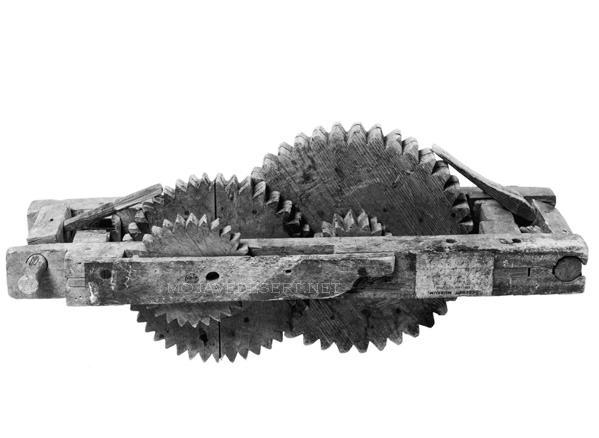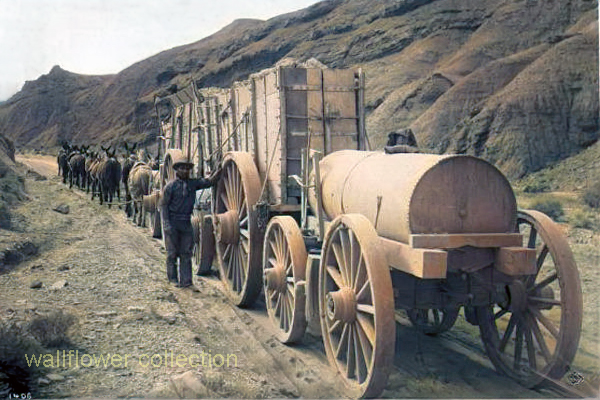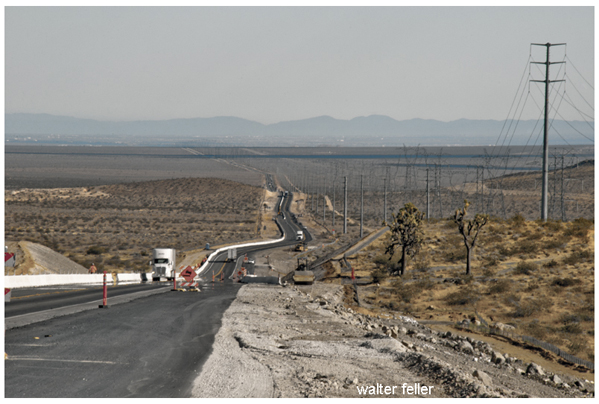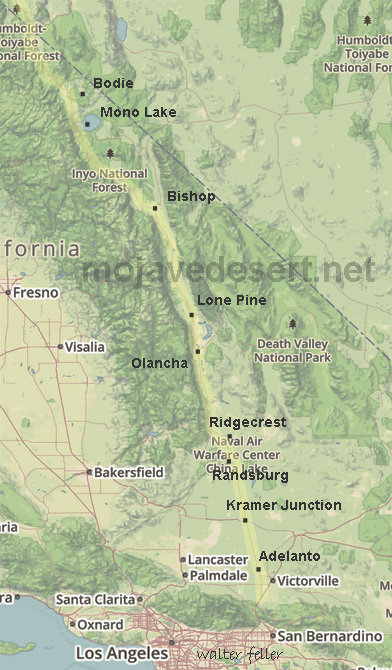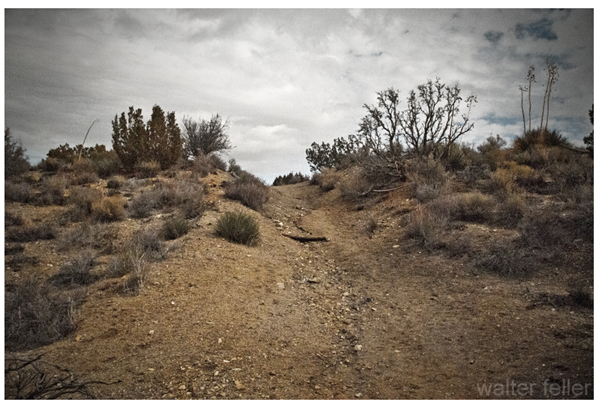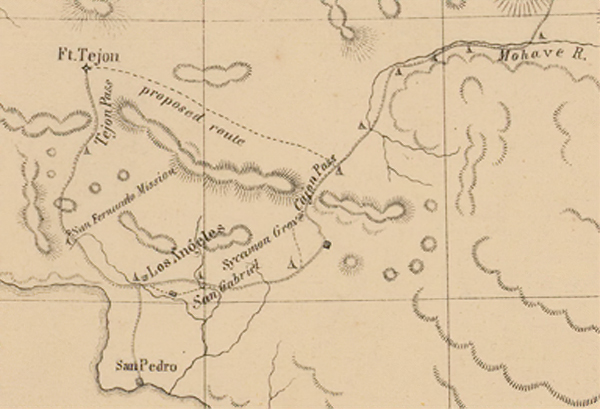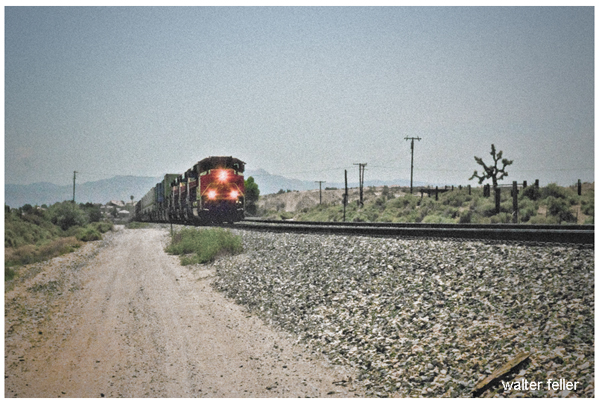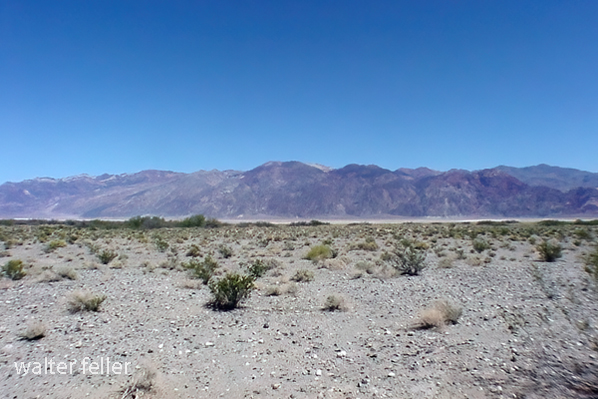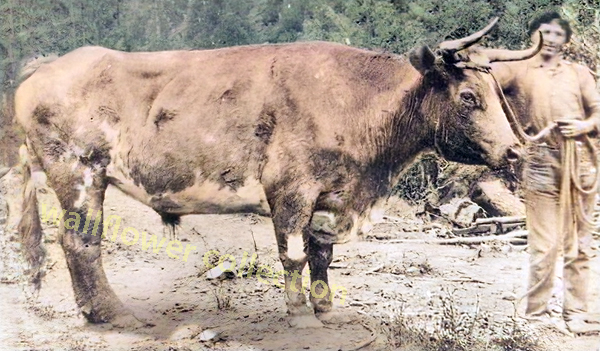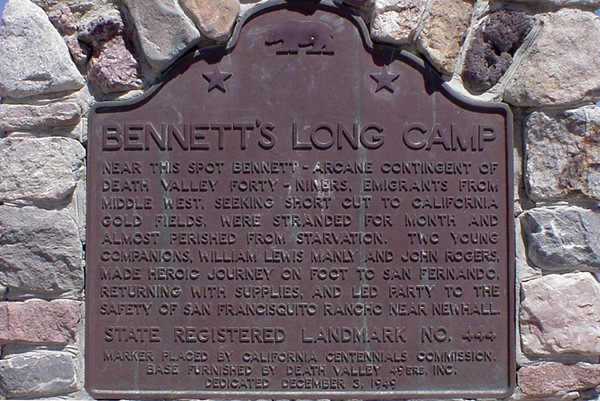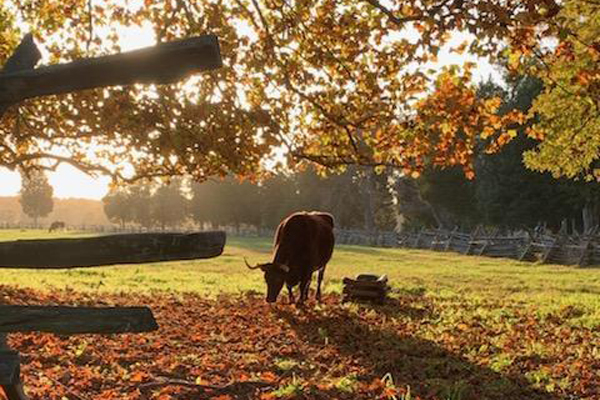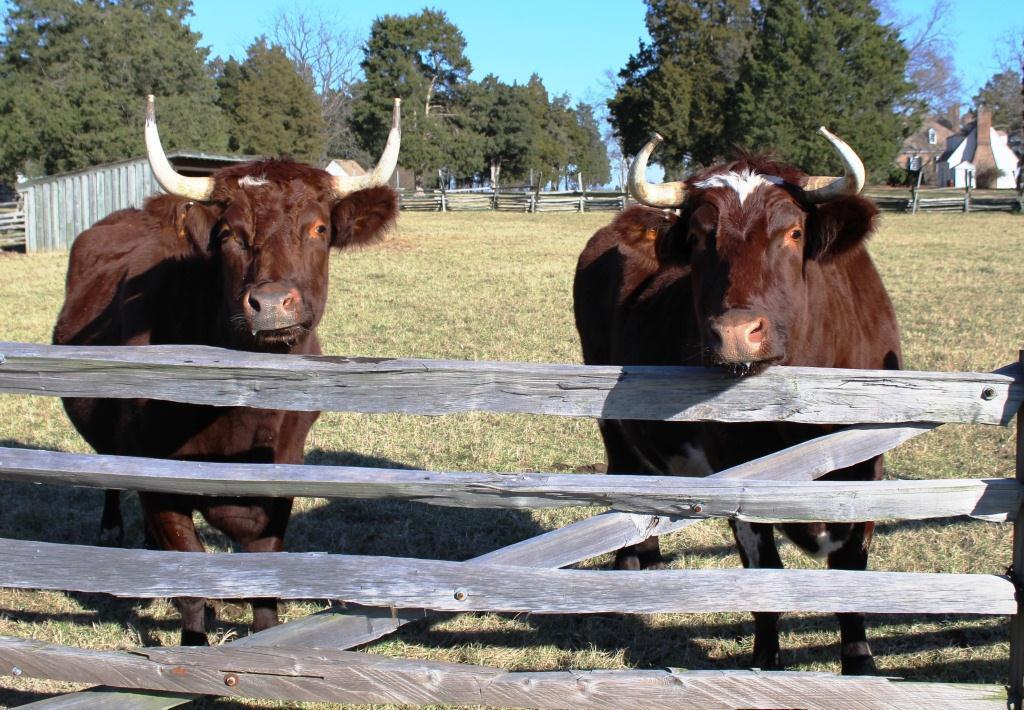/death-valley-history/skinner.html
Introduction
The mule skinner was a skilled tradesman who specialized in working with mules. Their job was to maintain and care for the animals, as well as harness them for tasks such as pulling carts or carrying loads. Mule skinners had a unique set of skills that were essential for the successful operation of various agricultural and transportation industries.
Responsibilities
1. Caring for the Animals: Mule skinners were responsible for the daily care and maintenance of mules. This included grooming, feeding, and watering them, as well as providing any necessary medical attention. They also ensured that the mules were properly shod and fit for work.
2. Harnessing and Driving: One of the key duties of a mule skinner was to harness the animals for the task at hand. They needed to know the correct placement of harness and straps to ensure the safety and comfort of the mules. Mule skinners also drove the mules using a variety of methods, such as using a whip or voice commands.
3. Teamster: Mule skinners were often employed as teamsters, leading teams of mules in tasks such as pulling carts or carrying loads. They needed to know how to manage a team of mules, keeping them coordinated and working together efficiently.
4. Maintenance and Repair: Mule skinners were responsible for maintaining the mules’ equipment and keeping everything in good working order. This included repairing harnesses, mending cart wheels, and other tasks to ensure the mules’ safety and productivity.
5. Safety and Security: Mule skinners had to ensure the mules’ safety and security at all times. They needed to be aware of the potential dangers on the road and take precautions to prevent accidents or injury to the animals.
Skills and Qualifications
To become a mule skinner, individuals typically had to possess certain skills and qualifications. These may include:
– Technical Knowledge: Mule skinners needed to know the anatomy and behavior of mules, as well as the best methods for harnessing and driving them. They also needed to possess knowledge of mule breeding and veterinary care.
– Leadership and Communication: Mule skinners had to be good leaders, able to effectively communicate with a team of mules and other drivers. They needed to be able to calm animals when agitated and guide them safely through challenging situations.
– Physical Strength and Endurance: Mule skinners needed to possess physical strength and endurance to work long hours in physically demanding conditions. They needed to be able to handle the mules and harness them, as well as assist in loading and unloading carts or wagons.
– Problem-Solving Skills: Mule skinners often encountered unexpected situations and had to think on their feet. They needed problem-solving skills to quickly assess situations and make sound decisions to ensure the safety and well-being of the mules.
Conclusion
The mule skinner was a skilled tradesman who played a significant role in various industries that rely on mules. Their job was to care for and maintain the animals, harness them for work, and drive them effectively. Mule skinners had a unique set of skills that allowed them to successfully handle mules and contribute to the success of various agricultural and transportation operations.
